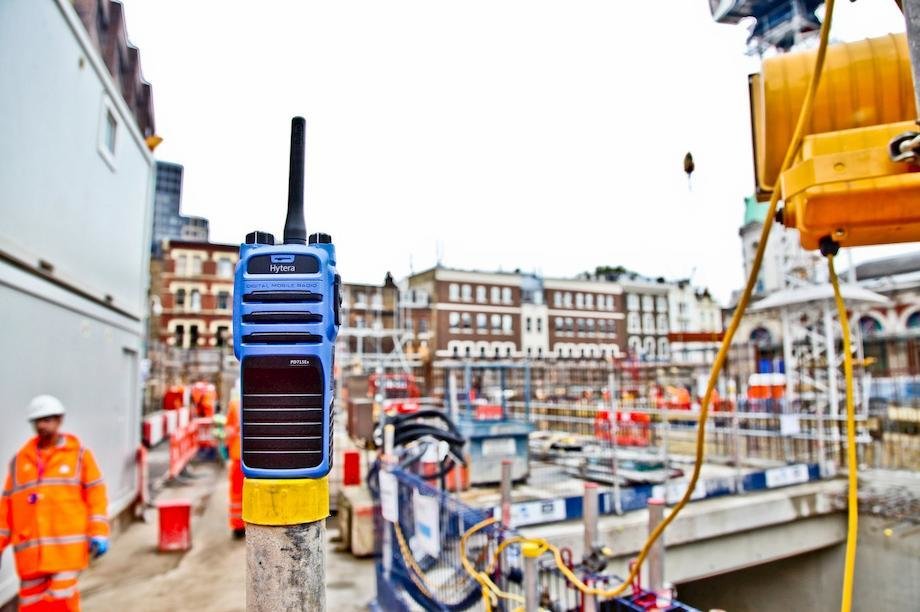Promoting the Safe Use of Two-Way Radios
If you’re responsible for the Health & Safety of employees at your company, then you’ll have prepared guidelines for staff on the safe use of any equipment they may utilise in their day-to-day workplace duties. This guidance should include policies relating to the use of communication devices – including two-way radios.

Ensuring everyone is aware of these guidelines – and the importance of adhering to them – is an important aspect of keeping people safe and secure at work.
It’s also essential to ensuring your organisation stays compliant with legislative and duty of care responsibilities in relation to the provision of equipment to carry out required tasks.
Promoting a positive Health & Safety culture in your organisation depends upon everyone being aware of what’s appropriate – and what’s not – when using a 2-way digital radio handset, and taking responsibility to monitor and up keep the policy as a team.
Here are a couple of key areas you may want to develop some guidance for workers around.
Driving
It is an offence to use a hand held mobile phone while driving. And while hand-held two-way radios are exempt from mobile phone laws, you will be prosecuted if using a radio results in dangerous driving or an accident. For this reason, you should recommend that employees:
- Don’t use your hand-held radio whilst driving, unless the device is placed in a car kit holder utilising appropriate wireless or Bluetooth accessories
- Do not utilise non-intrinsically safe two-way radios in the vicinity of petrol stations or areas where large quantities of solvents or combustible materials are stored.
Employees working in a public transport setting should be given appropriate training on the use of any installed two-way radio kit; this should include appropriate use of hands-free solutions and audio accessories such as a push-to-talk (PTT).
Handling and speaking
Make sure that everyone is aware that they need to handle their 2-way radio in a responsible manner. Advise employees to:
- Exercise care when handling replacement batteries
- Keep radio in a vertical position and the antenna at least 2.5 cm from the nose or lips to minimise RF exposure
- Report any damage to the radio or antenna to a line manager
- Ensure the device is carried ergonomically, utilising approved accessories appropriate for the work setting (such as carry case or holster) to avoid discomfort
- Secure the device when working from height and utilise approved audio accessories to remove the risk of the device falling
- Never place a radio’s speaker directly against the ear.
Acoustic safety and hygiene
Where high levels of background noise are an issue, radio users will be issued with a headset or earpiece that they must utilise at all times. Some basic housekeeping tips should include:
- Check you’ve turned down the volume before adding a headset or earpiece
- Sharing headsets or earpieces is unhygienic – don’t do it
- Ensure you regularly clean your headset/earpiece/voice tube with anti-bacterial wipes as per the user instructions.
- If you work in a noisy environment that exceeds the noise at work regulations, ensure you utilise an attenuating headset to prevent noise induced hearing loss.
Environmental considerations
In hazardous industrial or manufacturing settings, workers should be using handsets and accessories specially designed to operate in such environments.
Ensure personnel are briefed on the European Directives (ATEX) covering equipment for use in potentially explosive atmospheres, so they understand the importance of:
- Always using ATEX approved handsets and headsets – and check equipment classifications for atmospheres containing propane/ethylene/hydrogen
- Checking specific on-site regulations for the use of headsets/battery changing.
If you’d like more information on how radios can enhance the Health & Safety at your business, if used correctly, then speak to an approved Hytera Dealer.
22 February 2017

